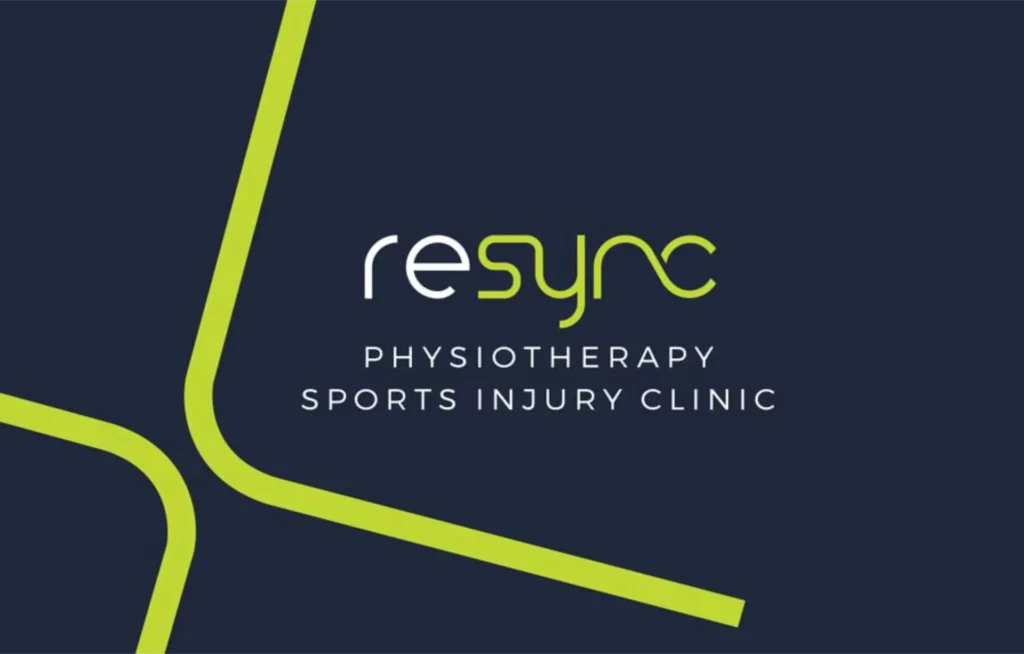ERGONOMICS AND PHYSIOTHERAPY
This article will help you understand ergonomics and physiotherapy and how it can help you at work..
Are you sitting in the correct way at work?
Do you have persisted neck and shoulder pain at work?
An ergonomics assessment by a physiotherapist may be able to help.
In today’s world technology has made life alot easier than it was, say 40 years ago. Back then everything we did was done manually. With technological advances it has seen our workforce become more computer literate. This has increased the number or work related pain 5 fold. The majority of this pain is associated with long hours spent at the computer. In this blog we will provide you with some tips and advice to help relieve yourself of these nasty unremitting pains that you experience on a daily basis.
EVERYBODY THAT WORKS IN AN OFFICE SHOULD HAVE HEARD OF AN ERGONOMICS ASSESSMENT.
Ergonomics relates to your work environment and how you interact with your workstation. As most people will spend on average 6 hours per day sitting at your desk it is vital that your desk is set up to be used in the most efficient manner. The four things you use the most at your desk are the computer, the computer keyboard, the computer mouse and the phone. Rearranging these items for easy of use and to reduce the stress taken by your shoulders from using your arms at each of these items is essential for maintaining a proper healthy back and neck. Here are some key tips to adjust your workstation.
a.) The top of your monitor shoulder be at eye level. This encourages your neck to sit in a neutral alignment and prevent postural pains in your neck
b.) Your key board should be tilted and have some wrist supports to take the weight of your upper limbs off your shoulders.
c.) If you have wrist pain ensure that you have a good support to rest your wrist on when using the mouse. Angling your wrist upwards can cause repetitive strain injuries (RSI’s). These can last for weeks or months if continuously aggravated by poor posture.
d.) Have a good back support in your chair that encourages you to sit more upright.
e.) Where possible use the elbow supports on your chair to rest the muscles on your shoulders
f.) Most importantly DO NOT SLOUCH. Sitting in a slumped position creates excessive stress on your shoulders and encourages a forward neck position. This forward neck position is one of the most difficult positions for your neck muscles to support your neck.
SO HOW CAN PHYSIOTHERAPY HELP?
These tips help to maintain a healthy neck, back and shoulders while at work but if you think you have already fallen into a poor work posture, and are already experiencing pain, it is best to ask for an ergonomics assessment.
Physiotherapy complements the ergonomics assessment by prescribing specific exercises and releasing already tight musculature that may be causing your pain. Constantly sitting in one position can cause muscles to over work. Physiotherapy can help release these muscles which may be in you lower neck shoulders or even your hips.
Finally your physiotherapist will teach you what to look out for at your workstation that might cause your pain to return. This will also includes recognising the onset of pain, what to try if your pain comes back and how to manage your pain and relieve your symptoms. This allows you to take control of your own pain and body without the constant need for physiotherapy intervention.
Don’t waste time being in pain.

